Best maps for hiking are crucial for any adventure. Choosing the right map can transform a potentially challenging hike into a rewarding experience. From understanding different map types to mastering advanced features like GPS integration, this guide equips you with the knowledge to navigate confidently and safely.
Navigating the wilderness requires more than just physical stamina; it demands accurate and reliable information. Different hiking maps cater to varying needs and terrains, offering unique advantages and disadvantages. This exploration delves into the essential factors to consider when selecting the best maps for your hiking expeditions, examining popular brands, and highlighting the power of advanced technologies in modern navigation.
Introduction to Hiking Maps
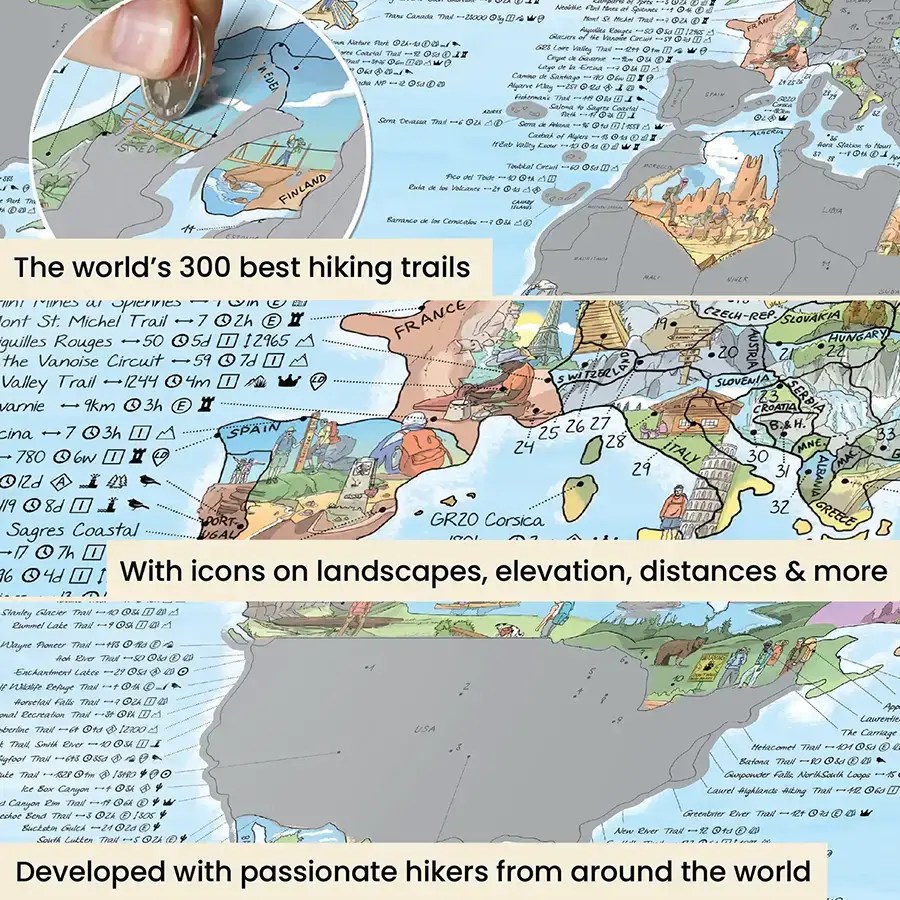
Source: awesome-maps.com
Hiking maps are indispensable tools for safe and enjoyable outdoor adventures. They provide crucial information about terrain, elevation, and potential hazards, allowing hikers to plan routes, navigate effectively, and ultimately enhance their overall experience. Understanding different map types and their specific features is paramount for making informed decisions on the trail.Hiking maps are not merely decorative; they are vital for safety and planning.
Accurate depictions of terrain and landmarks are critical for route selection and avoiding potential pitfalls. Without a clear understanding of the surrounding environment, hikers are vulnerable to getting lost, encountering dangerous terrain, or missing out on scenic highlights.
Different Types of Hiking Maps
Various types of maps cater to different hiking needs. Each type excels in specific areas and has limitations. The choice of map depends on the complexity of the terrain, the intended route, and the hiker’s experience level. Understanding these nuances is essential for selecting the appropriate map for a given hike.
Choosing the right map for hiking adventures is crucial. Navigating challenging terrain often requires detailed maps, but finding walking trails near you can be a game-changer. Fortunately, resources like find walking trails near me offer curated lists of local paths, making the selection process easier. Ultimately, the best maps for hiking often combine detailed topographic data with local trail information for a complete experience.
Topographic Maps
Topographic maps are detailed representations of the land’s surface, including elevation changes, contours, and important landmarks. They showcase the three-dimensional nature of the landscape, providing valuable information about slopes, valleys, and ridges. These maps use contour lines to indicate elevation changes, allowing hikers to visualize the terrain and plan their route accordingly. By depicting the relief of the area, they help hikers to anticipate challenges and adjust their pace accordingly.
Trail Maps
Trail maps focus on highlighting specific trails, their connections, and marked points of interest. These maps are typically simpler than topographic maps, concentrating on the trail network rather than the overall geographic context. They often include trail names, distances, and potential points of difficulty. This simplification makes them highly effective for hikers following established trails. Trail maps are useful for understanding the trail network and navigating between points along the trail.
Comparison of Map Types
| Map Type | Strengths | Weaknesses | Use Cases |
|---|---|---|---|
| Topographic | Shows elevation changes, contours, and detailed land features. | Can be complex for beginners, and require more time to understand. | Navigation over varied terrain, including climbs, descents, and cross-country travel. |
| Trail | Highlights specific trails, distances, and marked points of interest. | Limited overall geographic context, potentially obscuring surrounding features. | Following designated trails, understanding trail networks, and navigating between marked points. |
Factors to Consider When Choosing a Map
Selecting the right hiking map is crucial for a safe and enjoyable experience. A poorly chosen map can lead to disorientation, wasted time, and even injury. Understanding the key elements of a map, including its scale, detail, and projection, is essential for making informed decisions.Choosing the appropriate map involves careful consideration of the specific terrain, anticipated route, and personal needs.
A map tailored to the complexity of the hike, whether it’s a straightforward trail or a challenging backcountry expedition, directly influences the hiker’s success and safety.
Map Scale and Detail
Understanding the relationship between map scale and the level of detail is paramount. A larger scale map, with a smaller representative fraction, provides a higher level of detail. This means more features are visible, enabling hikers to identify smaller landmarks, trails, and obstacles. Conversely, a smaller scale map, with a larger representative fraction, displays a broader area but sacrifices detail, offering a general overview of the region.
For instance, a map with a scale of 1:24,000 shows significantly more detail than a map with a scale of 1:100,000, making the former suitable for navigating intricate trails and the latter for overall regional planning.
Map Projections
Map projections are essential for representing the curved surface of the Earth on a flat map. Various projections exist, each with strengths and weaknesses in terms of distortion. Understanding the type of projection used is critical for accurate interpretation. For example, a Mercator projection, while useful for navigation in a specific direction, can significantly distort the size of landmasses near the poles.
Conversely, a conformal projection preserves angles but can distort distances. Hikers should choose a map projection that aligns with their route and the intended use.
Interpreting Symbols and Legends
Hiking maps utilize symbols and legends to convey critical information about the terrain, features, and trails. Carefully studying the legend is essential for interpreting the symbols accurately. Features like elevation contours, water sources, and trails are depicted using standardized symbols, allowing hikers to visually understand the terrain’s topography and identify potential hazards or landmarks. For example, a blue line might represent a stream, while a dashed line might indicate a trail.
Understanding the specific meanings of symbols on a given map ensures effective navigation and decision-making.
Popular Hiking Map Brands and Models
Navigating the wilderness effectively hinges on reliable maps. Understanding the strengths and weaknesses of various brands and models is crucial for selecting the optimal tool for any hike. Choosing the right map can significantly enhance safety and enjoyment, preventing mishaps and ensuring a rewarding outdoor experience.
Popular Hiking Map Brands
A multitude of brands offer hiking maps, each catering to specific needs and preferences. These maps vary in detail, features, and price points, allowing hikers to select a map that best aligns with their intended use.
- Topographic map brands, such as DeLorme, offer detailed terrain representation, making them suitable for navigating rugged and challenging trails. They often include contour lines, elevation data, and other essential information. Their detailed depictions help in understanding the landscape, facilitating route planning and hazard identification.
- Outdoor recreation brands, such as Gaia GPS, provide comprehensive maps that encompass not just terrain but also trails, campsites, and other relevant points of interest. This integration of diverse data makes them highly valuable for hikers who require a more comprehensive navigational tool.
- Specialty brands, such as National Geographic, offer a blend of detailed topography and cultural information. These maps are particularly useful for hikers who are interested in historical or cultural aspects of the terrain they are exploring. These maps often come with rich cultural information and historical context.
Popular Hiking Map Models
A variety of models cater to different user needs and preferences, from compact fold-out options to larger, detailed models. Each model presents its own set of strengths and weaknesses in terms of usability and features.
- DeLorme InReach Explorer: Known for its high-resolution detail and rugged construction. Its strengths include its clarity and durability, while the primary drawback is its relatively higher price point.
- Gaia GPS: A robust, feature-rich application. Its strength is its comprehensive database of trails and points of interest, making it a useful choice for experienced hikers and explorers. Its weakness is its reliance on a GPS device or mobile phone.
- National Geographic Trails Illustrated: Offers a balance of detail and portability, suitable for hikers who prioritize both visual clarity and ease of carrying. Its drawbacks might be the limited scale detail and sometimes the absence of detailed elevation data.
Comparison of Hiking Map Models
The following table highlights the key features, strengths, and weaknesses of popular hiking map models.
| Brand | Model | Strengths | Weaknesses |
|---|---|---|---|
| DeLorme | InReach Explorer | High-resolution detail, rugged construction | Pricey, potentially less user-friendly interface |
| Gaia GPS | Gaia GPS App | Comprehensive database of trails and points of interest | Reliance on GPS device or mobile phone, potential data costs |
| National Geographic | Trails Illustrated | Balance of detail and portability, rich cultural context | Limited scale detail, absence of detailed elevation data in some editions |
Advanced Map Features and Technologies: Best Maps For Hiking
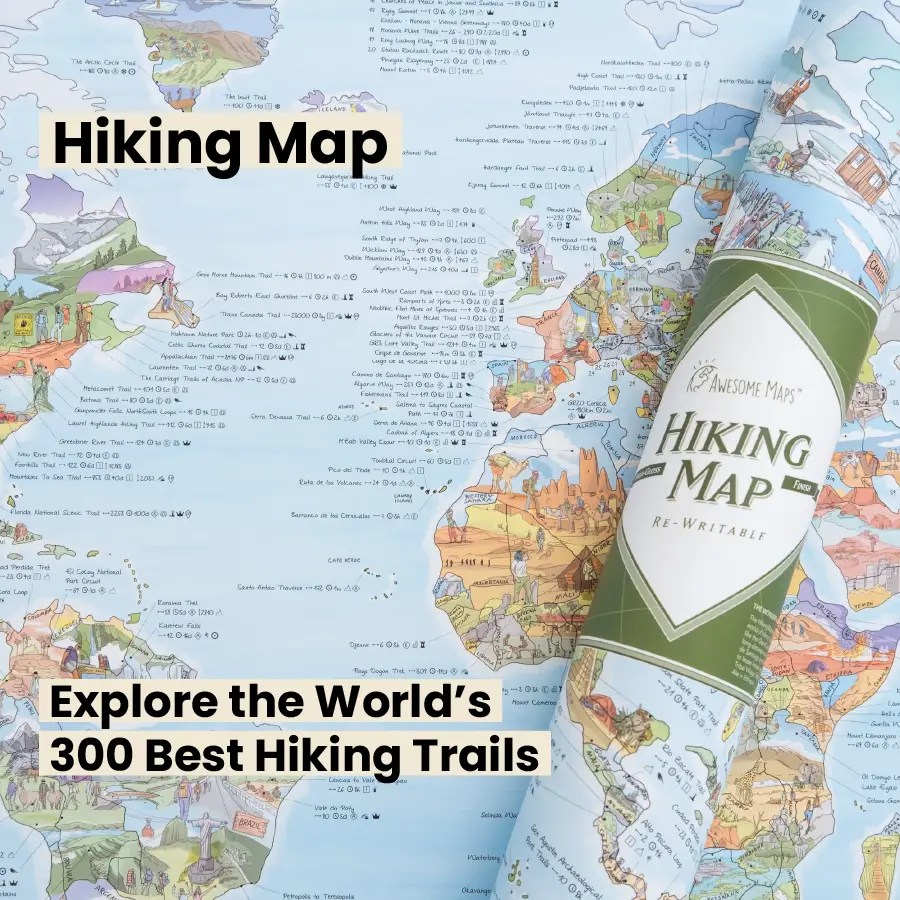
Source: awesome-maps.com
Modern hiking relies increasingly on advanced map technologies, enhancing navigation and safety. These tools go beyond traditional paper maps, offering dynamic information and real-time data, significantly improving the hiking experience. From precise GPS coordinates to comprehensive offline mapping, hikers now have access to a wealth of information at their fingertips.Understanding the nuances of these advanced features is crucial for informed decision-making and a more enjoyable outdoor adventure.
These technologies are not just about convenience; they can directly impact safety, efficiency, and the overall enjoyment of the hike.
GPS Integration and Offline Maps
GPS integration allows hikers to pinpoint their location with remarkable accuracy. This technology combines satellite signals with map data to show real-time position on the trail. Offline maps provide a crucial backup, allowing navigation even in areas with limited or no cellular service. Combining these features enables hikers to navigate confidently, even in challenging terrain or remote locations.The advantages of GPS integration are numerous.
Hikers can track their progress, set waypoints, and receive turn-by-turn directions. This real-time feedback can significantly enhance safety, especially in unfamiliar areas. Offline maps are essential in areas with poor or no cell service. They ensure continued navigation in case of signal loss or when internet connectivity is unavailable.The disadvantages, however, must be acknowledged. GPS devices and apps require batteries, which can be depleted rapidly.
Reliance on these technologies can sometimes overshadow the benefits of traditional map reading, potentially reducing a hiker’s understanding of the terrain. Furthermore, GPS accuracy can be affected by factors such as dense foliage or mountainous terrain. Therefore, relying solely on GPS can be risky in these conditions. Offline map availability also depends on the app or device used.
The user should always verify map coverage before embarking on a hike.
Digital Mapping Apps in Modern Hiking
Digital mapping apps have become indispensable tools for modern hikers. These applications provide a user-friendly interface, allowing hikers to access a multitude of features, from detailed topographic maps to real-time tracking. These apps also facilitate route planning and shareable itineraries with others. The integration of various features, such as GPS tracking, offline maps, and detailed elevation profiles, has revolutionized how hikers plan and execute their journeys.These apps offer significant advantages over traditional paper maps.
Users can easily overlay various data, including elevation profiles, trail difficulty ratings, and weather forecasts, directly onto the map. Real-time tracking allows for precise location confirmation, providing a sense of security. Sharing routes and locations with others is also an important safety feature, enabling friends or family to monitor progress. Sharing hiking routes also helps in establishing a collaborative hiking community.
Using GPS Coordinates for Navigation
GPS coordinates, expressed as latitude and longitude, are essential for precise location identification on a hiking map. To use GPS coordinates effectively, one must first understand the coordinate system and how to interpret the values. Converting GPS coordinates into map coordinates and using them in conjunction with the map enables precise navigation.Locating specific points on a map using GPS coordinates involves converting the decimal degrees into map coordinates.
By using a digital mapping app, users can input the GPS coordinates to pinpoint their location on the map. The map will visually show the location in relation to surrounding features. This method allows hikers to precisely locate a specific destination or landmark, even if the route is complex or involves crossing multiple terrains.
Comparison of GPS Apps for Hiking
| App Name | Strengths | Weaknesses | Cost |
|---|---|---|---|
| App A | Offline map support, user-friendly interface | Limited feature set (e.g., no advanced routing options) | Free |
| App B | Extensive feature set, detailed topographic maps | Steep learning curve, subscription required | Paid |
| App C | Real-time weather updates, social features | Map detail may be less comprehensive | Paid |
Troubleshooting and Map Interpretation
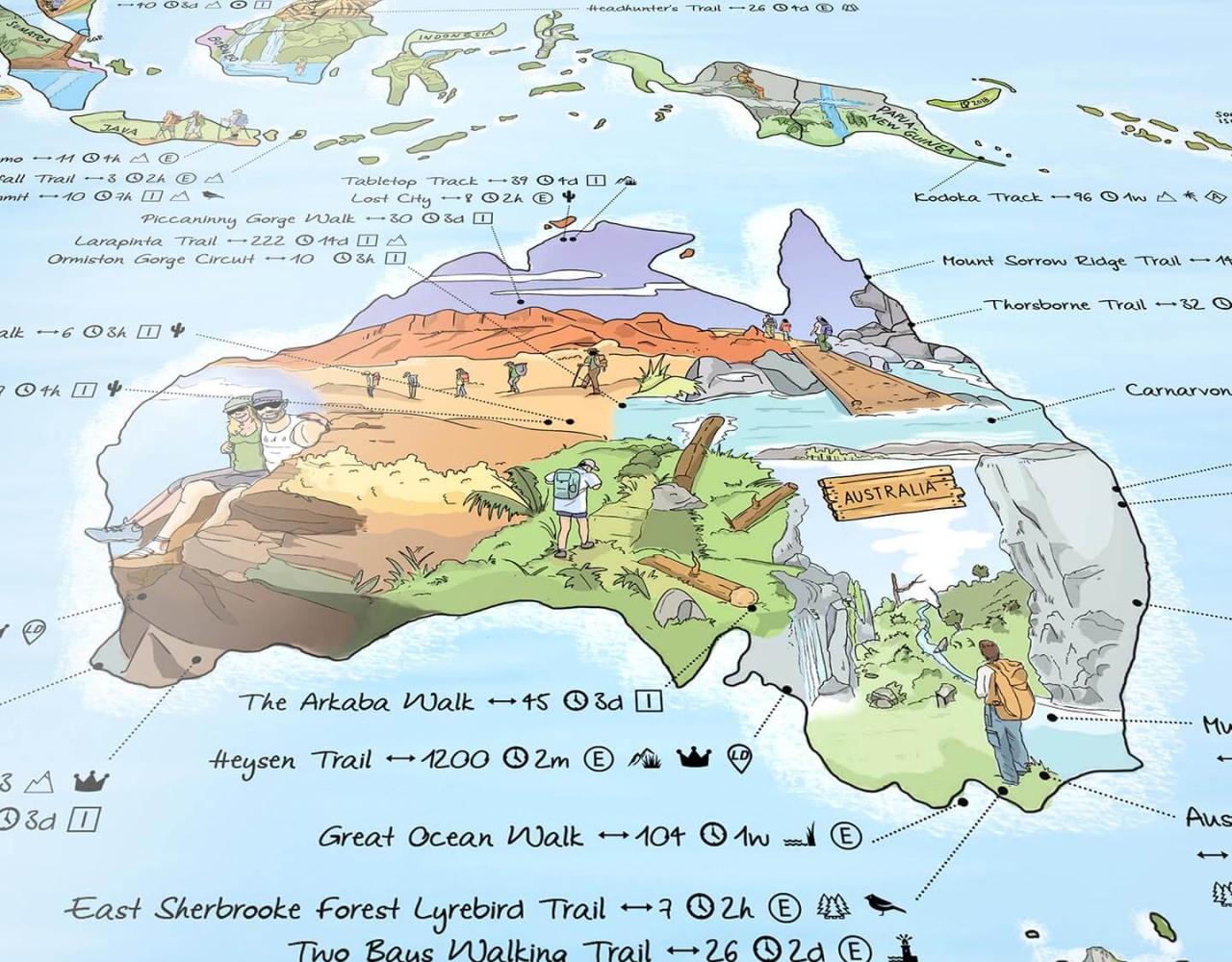
Source: shopify.com
Navigating unfamiliar terrain requires a deep understanding of hiking maps. Accurate interpretation is crucial for safe and efficient journeys. This section provides practical troubleshooting tips and insights into common map reading pitfalls, empowering hikers to confidently navigate any trail.Effective map interpretation involves more than just recognizing symbols. It necessitates a keen understanding of map scale, contour lines, and compass bearings.
A solid grasp of these elements translates into the ability to anticipate elevation changes, estimate distances, and ultimately, find your way with confidence.
Troubleshooting Common Map Reading Errors
Misinterpretations can lead to disorientation and detours. Recognizing and avoiding these errors is essential for safe and enjoyable hikes. Common mistakes include misreading the map scale, confusing contour lines, and failing to account for the map’s orientation relative to the terrain.
Understanding Contour Lines and Elevation Changes
Contour lines are crucial for visualizing elevation changes. These lines connect points of equal elevation, forming a topographic representation of the terrain. Understanding how these lines work is key to accurately assessing the terrain’s incline and decline. A close examination of the spacing between contour lines reveals the gradient of the slope.
Calculating Distances on a Hiking Map
Calculating distances accurately requires a firm grasp of the map’s scale. Different maps use various scales; always check the scale indicator on the map legend. A ruler, combined with the scale, can precisely measure the distance between points on the map. Converting the map distance to real-world units, such as miles or kilometers, is straightforward using the map’s scale.
Using a Compass with a Hiking Map
Accurate navigation involves combining a compass with a hiking map. The compass aligns with the map’s magnetic north direction to determine the precise bearing of a destination. This combination allows hikers to pinpoint their current position and establish a clear route to their target. Knowing how to properly align the map and compass is crucial to avoiding errors and staying on course.
Practice using a compass with a map in a controlled environment to gain proficiency and confidence. This practice will help you avoid getting lost during your hikes.
Choosing the right map is crucial for successful hikes. Understanding the nuances of terrain and elevation is paramount, and the best maps for hiking often incorporate detailed topographical information. This understanding directly ties into the fundamental definition of hiking, which encompasses various forms of outdoor exploration, Hiking Definition , and ultimately influences the type of map needed for any given trail.
Ultimately, the best maps will provide a clear and accurate representation of the route, ensuring a safe and enjoyable experience.
Map Maintenance and Storage
Proper map storage and maintenance is crucial for ensuring longevity and optimal usability. Neglecting these aspects can lead to map degradation, rendering them inaccurate or unusable. Preserving the integrity of your hiking maps is paramount for safe and enjoyable expeditions.Maintaining hiking maps involves a multifaceted approach, encompassing storage, protection from damage, moisture control, and regular updates. This multifaceted strategy ensures the maps remain accurate and reliable companions for your adventures.
Storage Methods
Careful storage prevents damage from folding, bending, or exposure to excessive moisture or sunlight. Optimal storage conditions are crucial to prevent long-term degradation. Using archival-quality storage materials will prolong the life of the map. A map folder, or a map case with protective lining, is essential for preserving the paper’s integrity. Avoid storing maps in direct sunlight or extreme temperatures, as these factors can contribute to discoloration and brittleness.
Protection from Damage and Moisture
Protecting maps from damage and moisture is a critical aspect of map maintenance. Regular handling, folding, and bending can lead to creases and tears. Utilizing map cases or folders provides a layer of protection against these issues. A sturdy map case can protect the map from dirt, dust, and other contaminants. Keeping maps in a cool, dry place, away from direct sunlight, is vital for preventing damage and maintaining accuracy.
Choosing the right maps is crucial for any hike, but for extended treks like week long hiking trails , detailed and reliable topographic maps are essential. Comprehensive maps provide crucial elevation data, trail markers, and potential hazards, ensuring a safe and successful journey. Ultimately, the best maps for hiking are those that best suit the specific terrain and anticipated challenges of your adventure.
Importance of Keeping Maps Updated
Staying informed about the latest updates is paramount for ensuring the accuracy of hiking maps. Hiking trails, land ownership, and other features can change over time. This is particularly relevant in rapidly developing regions or areas subject to significant environmental shifts. Maps that are not updated regularly can lead to hikers encountering inaccurate information, potentially leading to risks such as getting lost.
Checking for updates regularly through the map provider’s website or local publications is critical.
Choosing the right map is crucial for any hiking adventure. Navigating unfamiliar trails, especially when seeking out scenic routes like those found in nice hikes near me , demands a detailed and accurate mapping tool. Ultimately, a well-designed hiking map ensures a safe and enjoyable experience, minimizing the chances of getting lost and maximizing your exploration potential.
Best Practices for Map Condition
Maintaining the map’s pristine condition is essential for its long-term usability. Handling maps with care, avoiding rough handling or unnecessary folding, and keeping them clean prevents the accumulation of dirt or debris. Regular inspection for any signs of damage or deterioration can help prevent issues from escalating. A visual check for tears, creases, or fading will allow for prompt repairs or replacement.
Map Storage Materials, Best maps for hiking
Using archival-quality storage materials can significantly enhance the longevity of hiking maps. These materials are designed to resist the damaging effects of moisture, light, and environmental factors. Map folders or cases constructed from acid-free materials are preferable. Avoid using materials that may react with the map’s paper or ink, leading to deterioration. Consider using archival-quality plastic sleeves or folders for additional protection.
Case Studies and Examples
Navigating challenging terrain requires more than just physical endurance; it necessitates a keen understanding of the environment and effective tools. Hiking maps, when used correctly, become indispensable companions, guiding hikers through diverse landscapes and enhancing their overall experience. This section provides real-world examples illustrating the crucial role of maps in successful hiking adventures.Effective map use transcends simple navigation.
It involves understanding the terrain, anticipating potential challenges, and making informed decisions based on the information presented. This section delves into specific cases to demonstrate how various map types and features have aided hikers in their journeys.
Successful Hiking Adventures with Maps
Using maps effectively can significantly improve the safety and enjoyment of hiking trips. The right map can aid in route planning, identify potential hazards, and offer crucial information about the surrounding environment. Several examples showcase how hikers have successfully utilized maps in diverse terrains.
- Experienced backcountry hikers often use topographic maps to plan complex multi-day treks. These maps provide detailed elevation profiles, allowing hikers to assess the difficulty of climbs and descents. For example, a hiker planning a trek through the Sierra Nevada mountains might use a topographic map to identify suitable campsites and avoid treacherous trails based on elevation changes.
This careful planning often leads to safer and more rewarding adventures.
- Hikers tackling challenging trails in mountainous regions frequently rely on detailed trail maps. These maps precisely Artikel the route, marking trail junctions, potential obstacles, and critical landmarks. For instance, a hiker navigating a rugged section of the Appalachian Trail might use a detailed trail map to locate water sources, avoid unmarked trails, and identify potential shelters. This careful route planning is crucial for maintaining safety and avoiding unexpected detours.
- When hiking in unfamiliar areas, hikers can utilize detailed area maps. These maps often include information about roads, campsites, and nearby amenities. For example, a hiker venturing into a less explored region might use an area map to identify suitable campsites, locate nearby towns, and plan their return journey.
Different Map Types in Varied Terrain
The effectiveness of a hiking map often hinges on its suitability to the terrain. Different map types offer varying levels of detail and functionality, making them appropriate for different environments.
- Topographic maps are crucial for mountainous terrain. They illustrate elevation changes, contours, and the lay of the land, offering a detailed picture of the terrain. Their accuracy is vital for assessing the difficulty of climbs, avoiding potentially hazardous terrain, and determining the best route.
- Trail maps are ideal for navigating established trails. They provide a clear Artikel of the route, highlighting trail junctions, landmarks, and potential obstacles. These maps are indispensable for hikers navigating well-defined paths.
- Area maps are valuable for hikers exploring unfamiliar areas. They offer an overview of the surrounding region, including roads, campsites, and nearby settlements. These maps can assist hikers in planning their route, identifying potential destinations, and ensuring their safety.
Benefits of Using Maps in Specific Hiking Situations
Using maps in various hiking situations provides substantial advantages. These advantages range from improved safety to enhanced enjoyment.
- In remote areas, maps provide a vital safety net. They allow hikers to plan their routes, identify potential hazards, and locate emergency shelters. The accurate representation of the terrain on a map is crucial for avoiding misjudgments and potential dangers.
- When encountering unexpected challenges, maps can be invaluable tools. They offer a sense of direction, helping hikers navigate unfamiliar terrain and identify alternative routes. This flexibility is particularly useful when facing unforeseen obstacles or weather changes.
- For hikers embarking on multi-day trips, maps are essential for planning and managing the journey. They help hikers assess the distance, elevation gain, and potential hazards along the way. These factors are crucial for effective route planning and maintaining safety.
Ending Remarks
In conclusion, the best maps for hiking are a powerful tool for enhancing your outdoor adventures. Understanding the diverse types of maps, the critical factors in selection, and the advantages of modern technology empowers you to make informed decisions and experience the wilderness with confidence. Whether you’re a seasoned hiker or a beginner, this comprehensive guide provides the necessary knowledge and insights to choose the perfect map for your next journey.
Answers to Common Questions
What’s the difference between topographic and trail maps?
Topographic maps show elevation changes and contours, providing a broader view of the terrain. Trail maps, conversely, highlight specific trails, focusing on navigation along marked routes. Topographic maps are better for exploring new areas, while trail maps are ideal for following pre-defined paths.
How important is map scale for hiking?
Map scale directly impacts the level of detail. Larger scales provide more detail, enabling you to see smaller features like streams and vegetation. Smaller scales offer a broader overview, but finer details are less visible. Consider the scale in relation to the terrain and your intended route.
What are some common mistakes when reading hiking maps?
Misinterpreting symbols, overlooking the legend, or failing to account for contour lines can lead to errors in navigation. Careful attention to detail and practice in map reading are essential for avoiding potential hazards. Double-check your route and use a compass for confirmation.
How do I choose the best GPS app for hiking?
Consider factors like offline map support, user-friendliness, and the app’s feature set. Free apps may have limited features, while paid apps offer more advanced options. Assess your needs and budget to select the best GPS app for your hiking style.

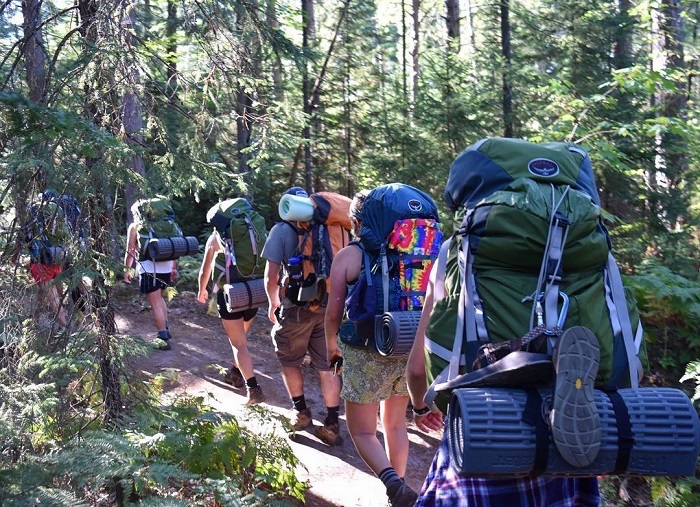

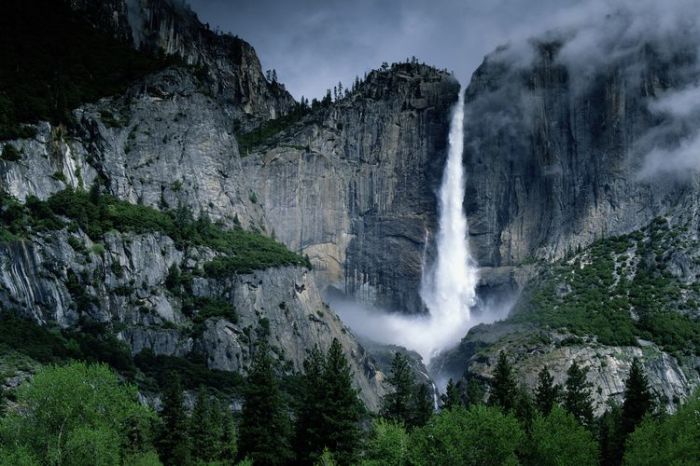
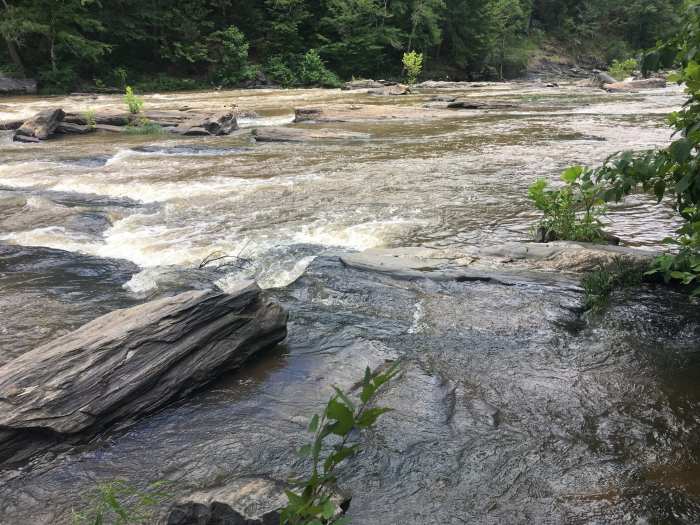
Leave a Reply